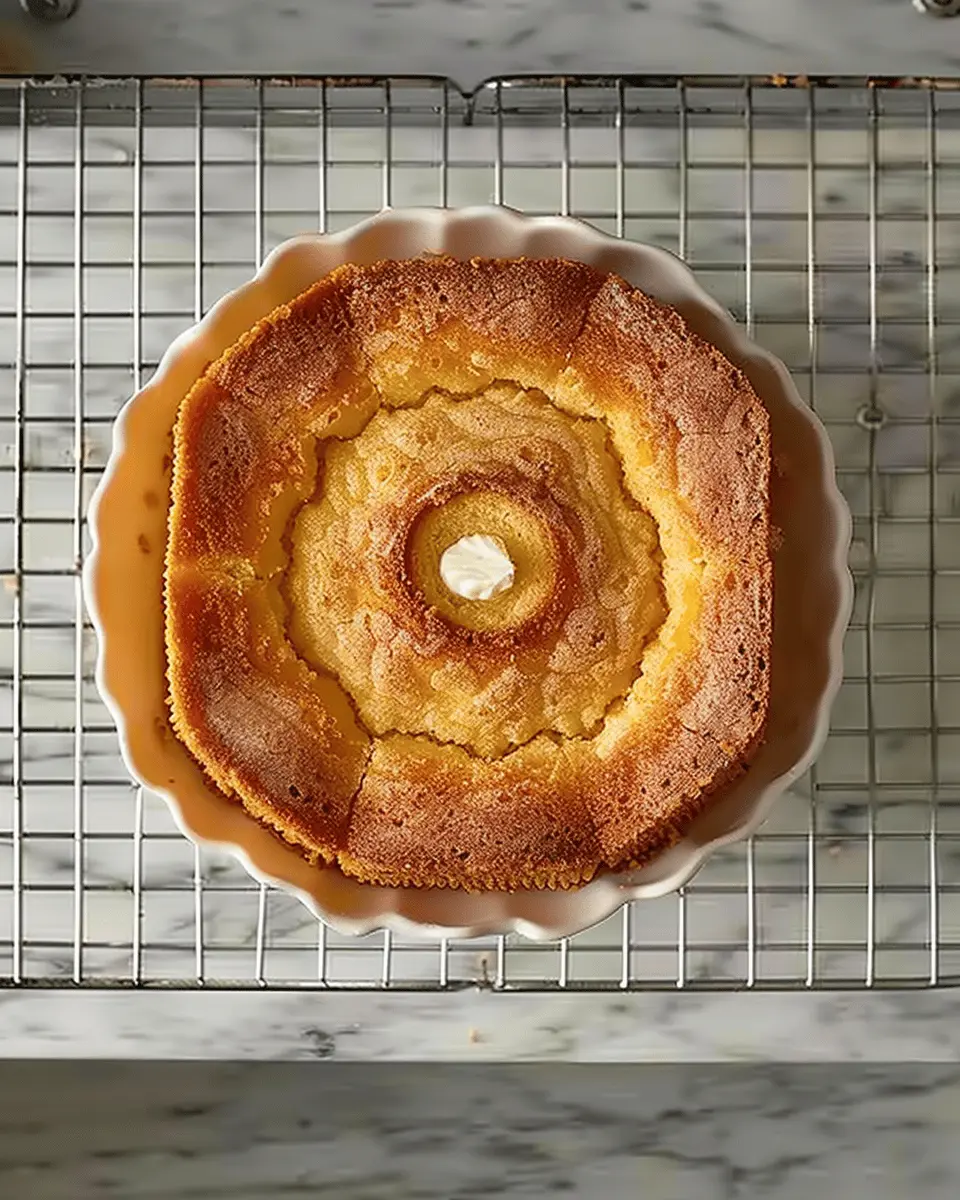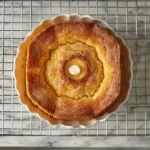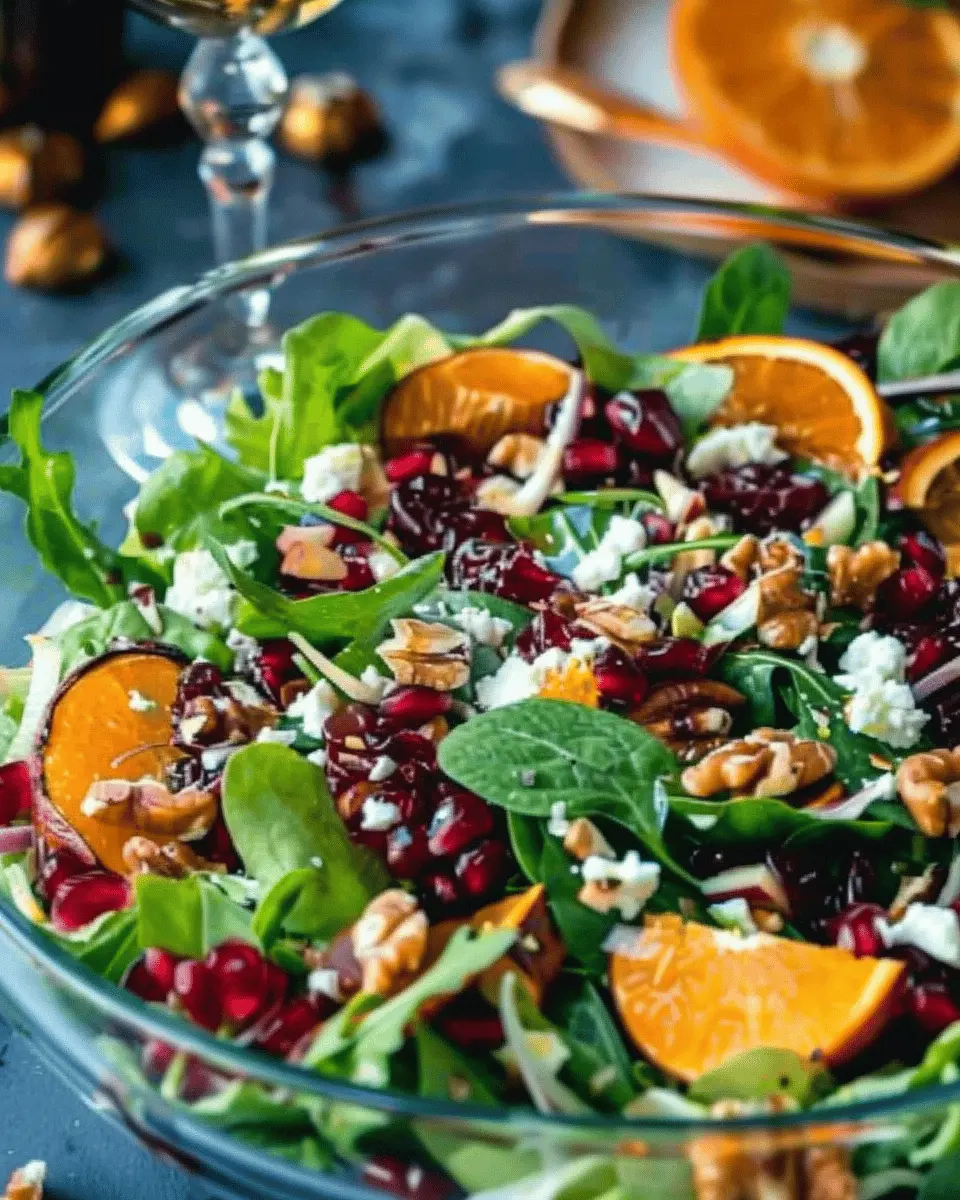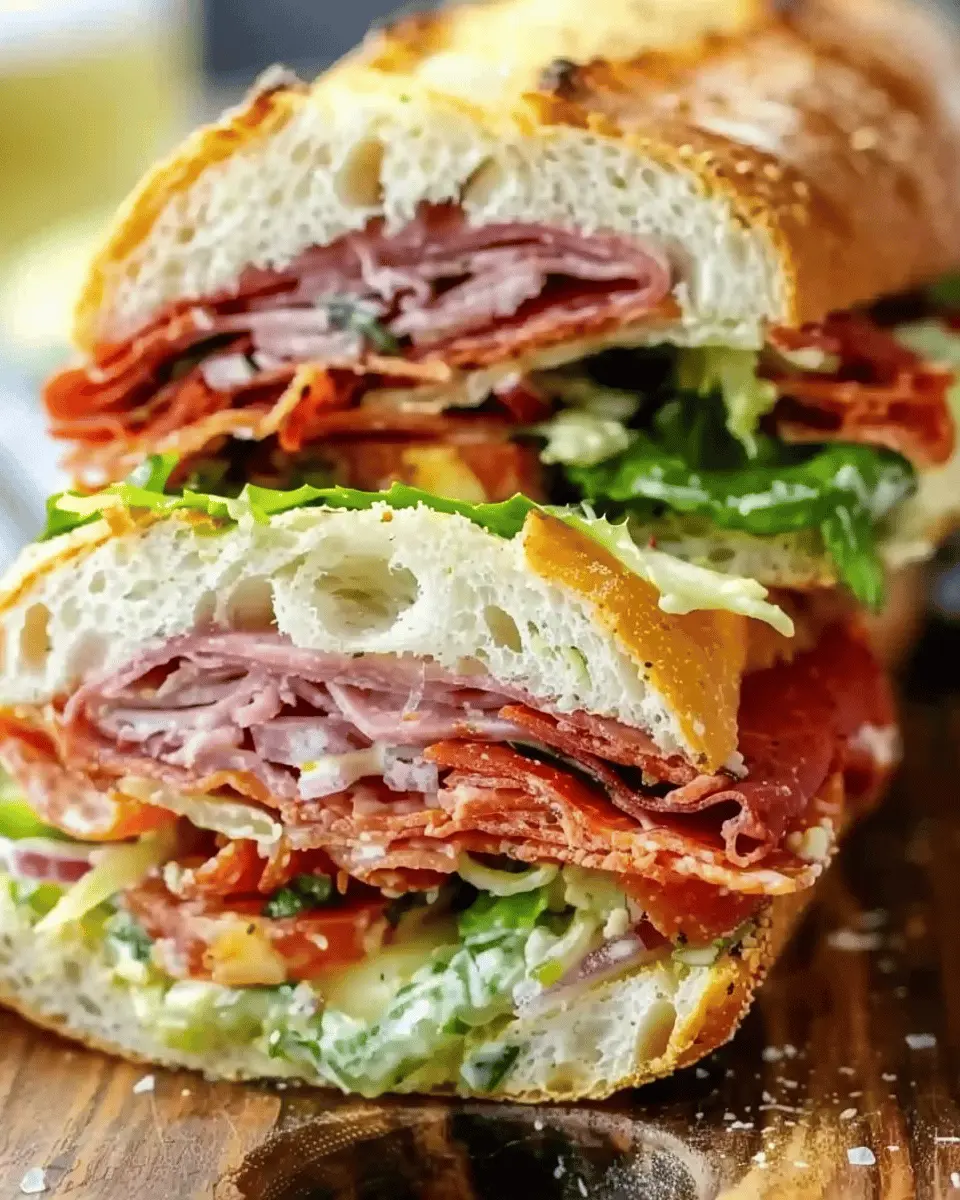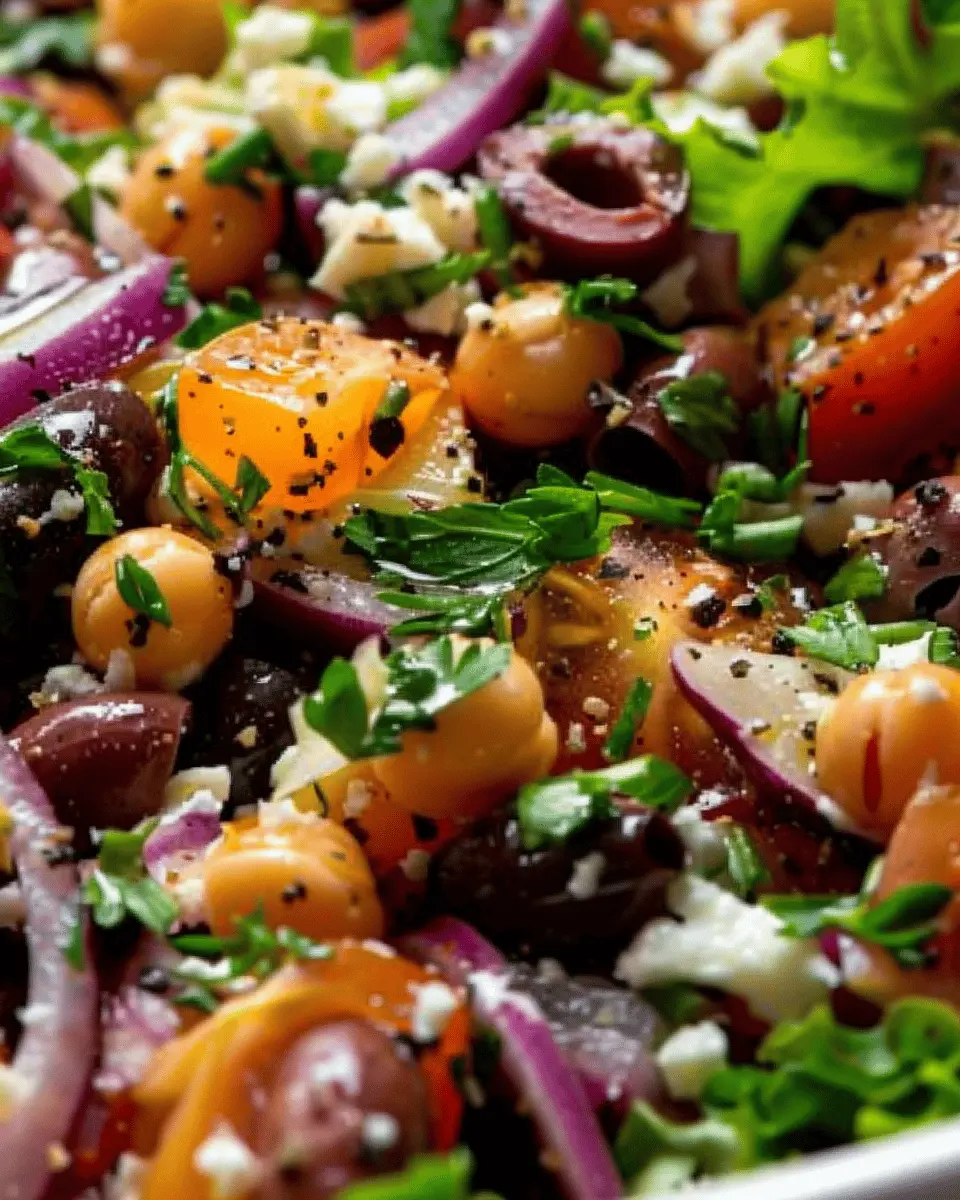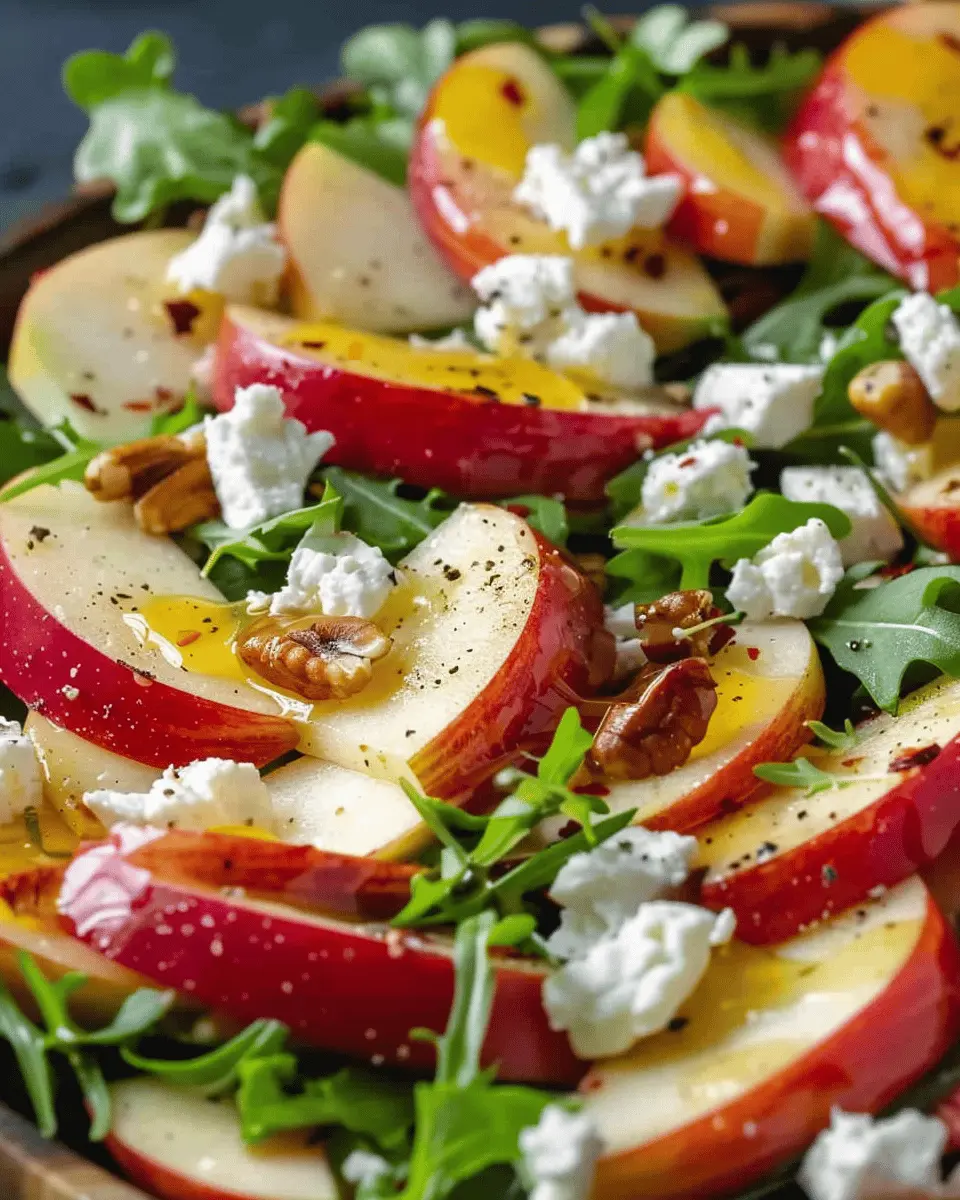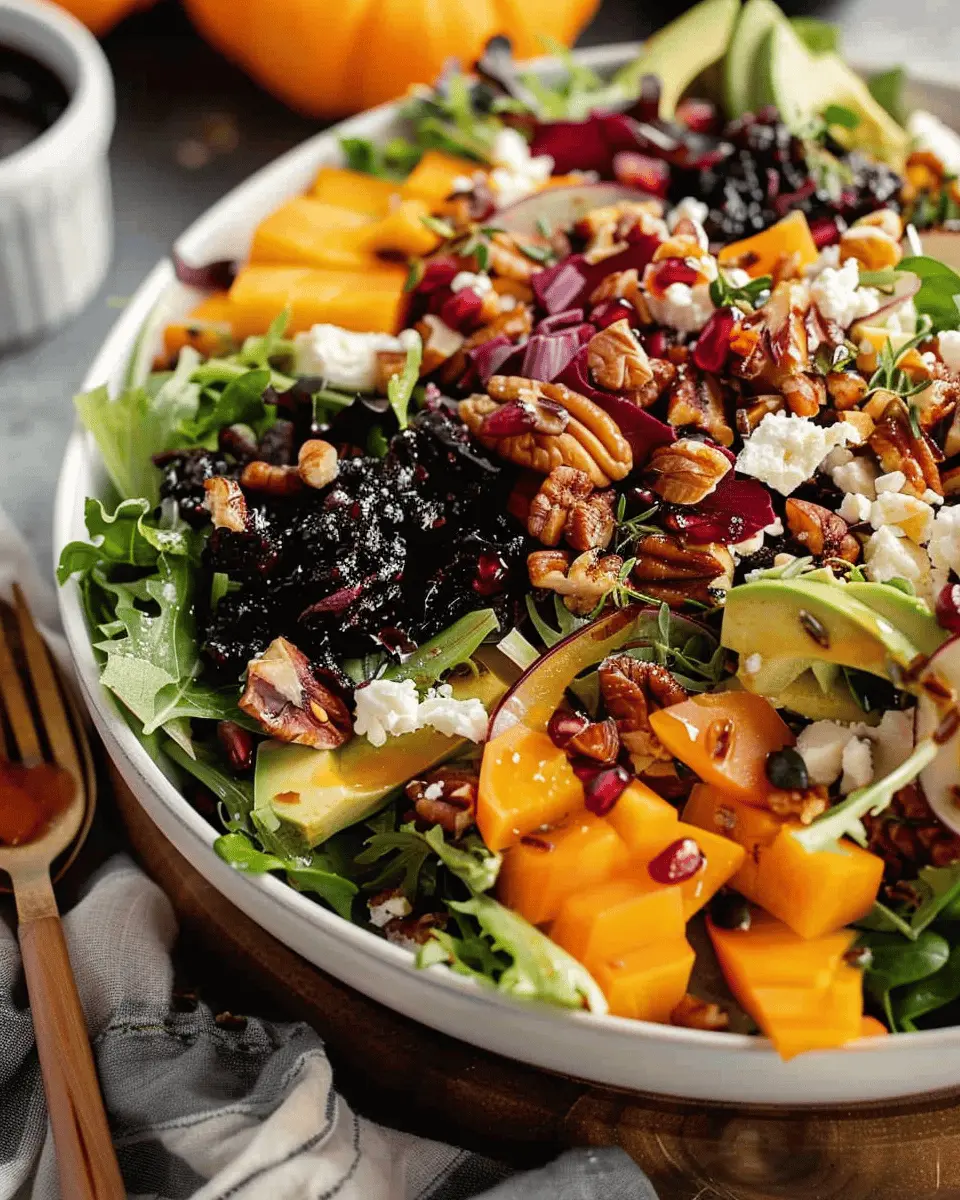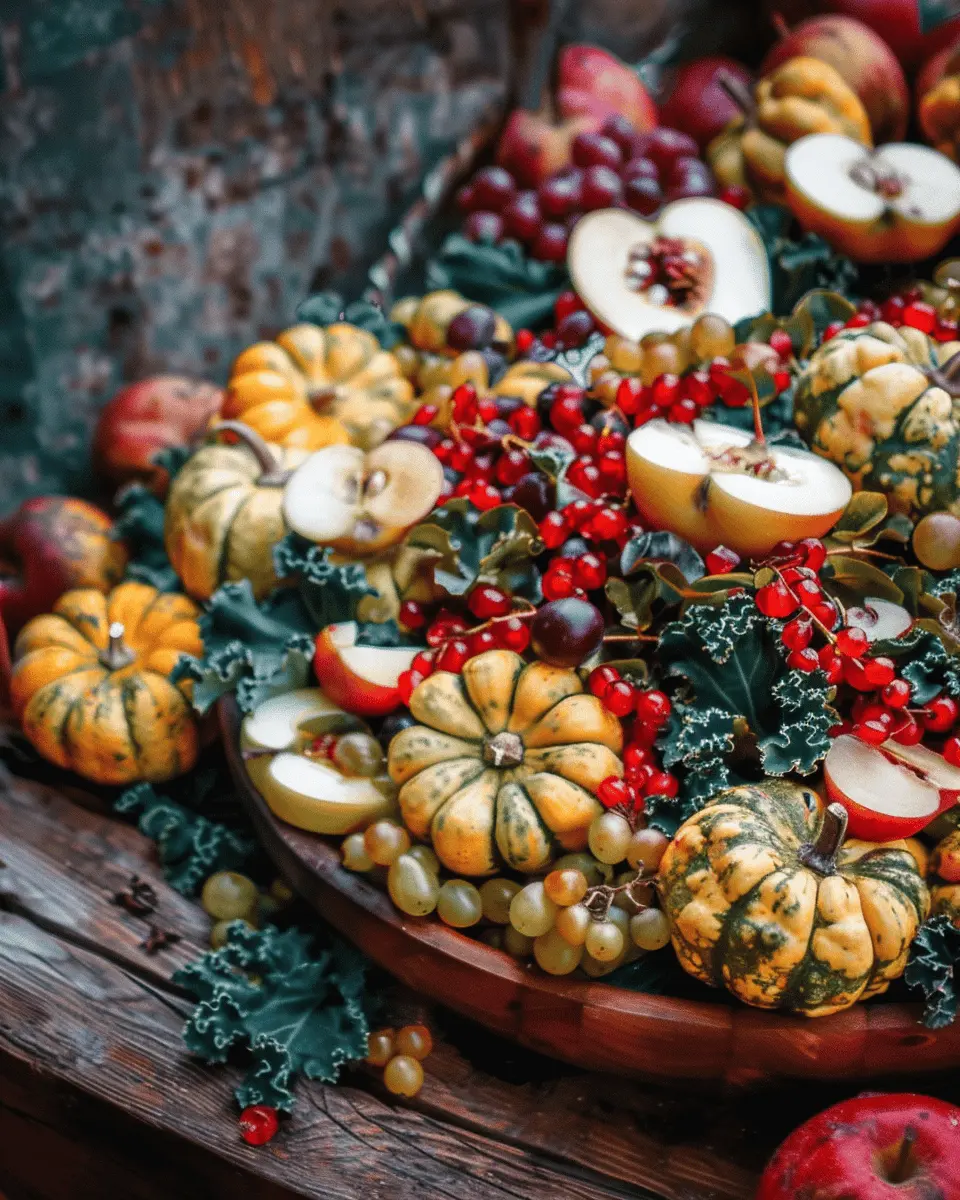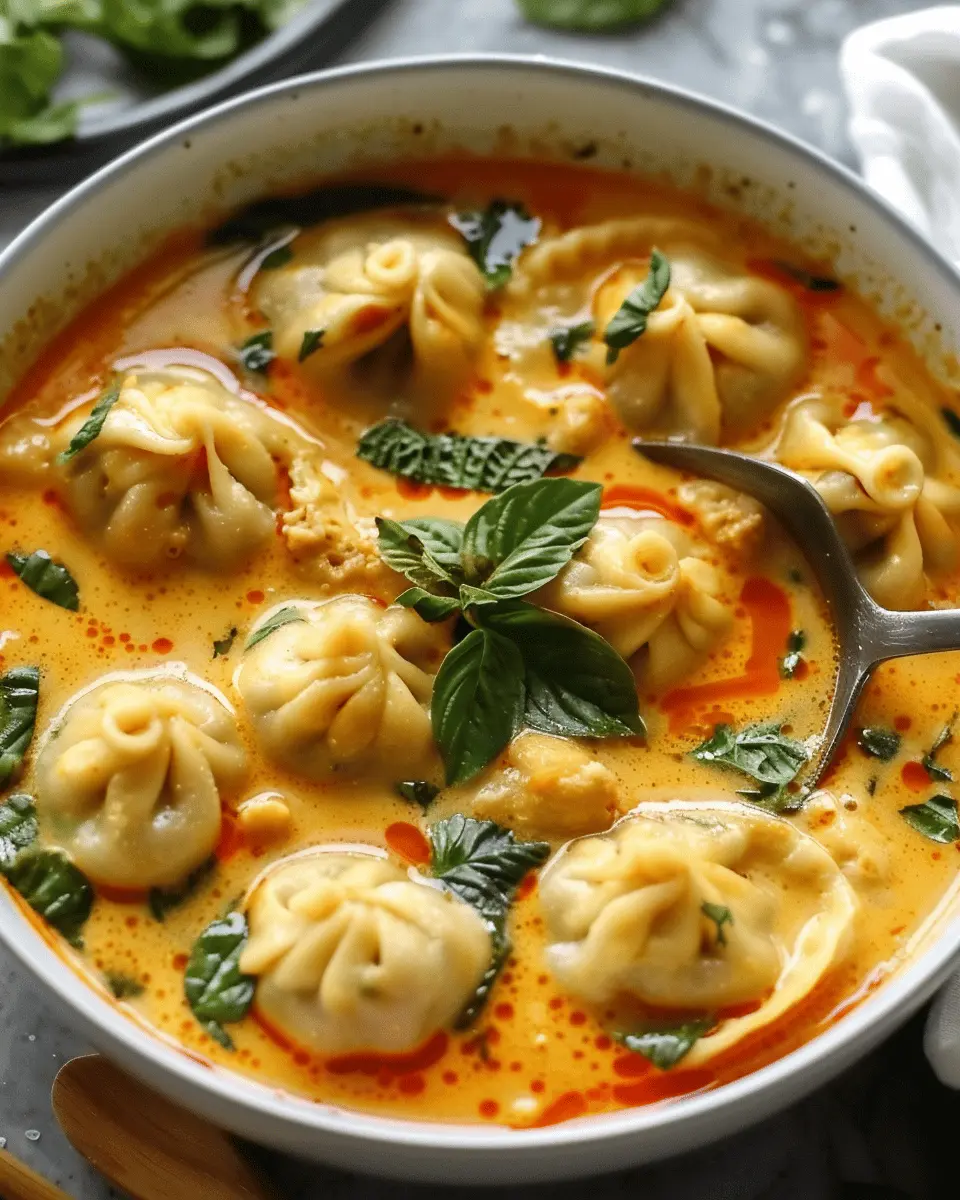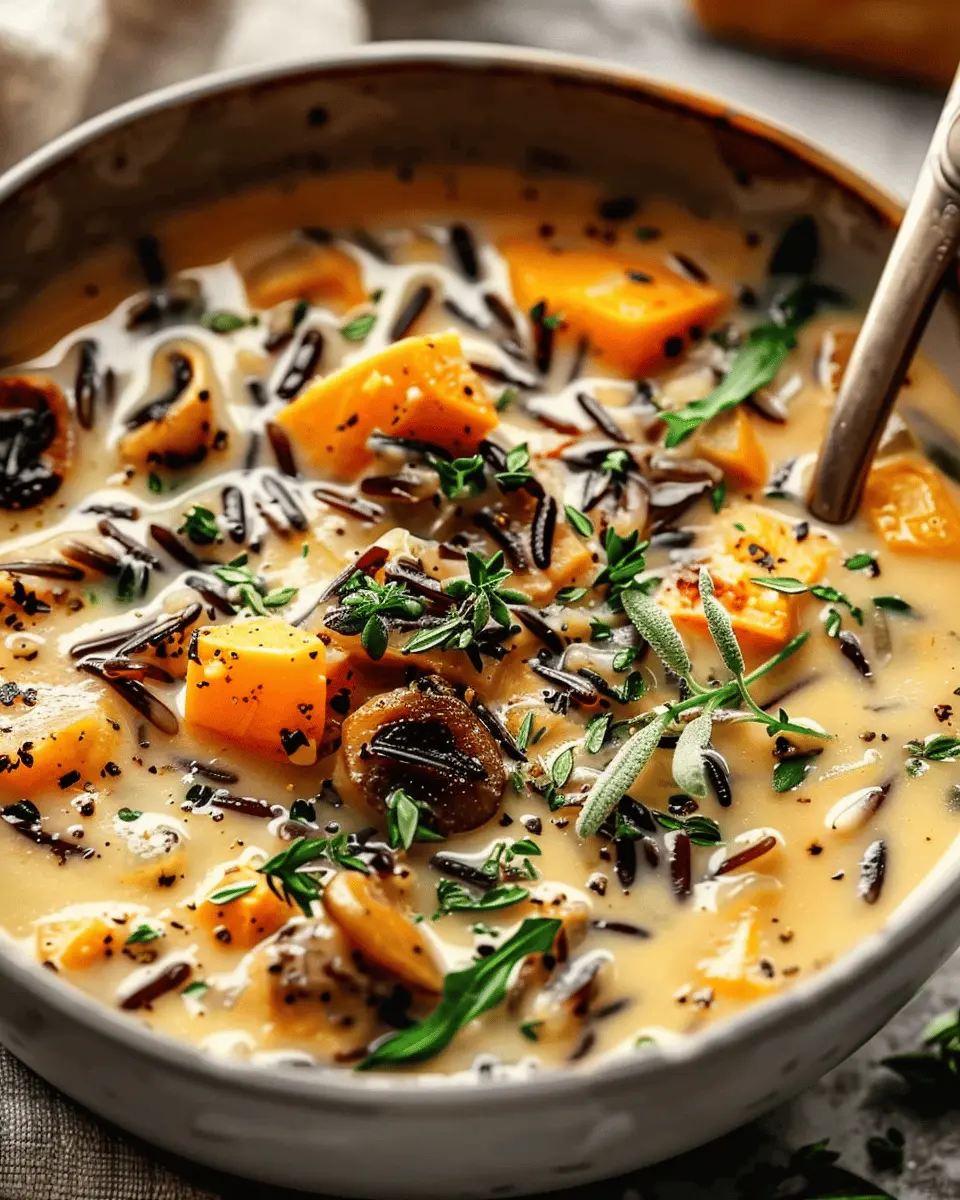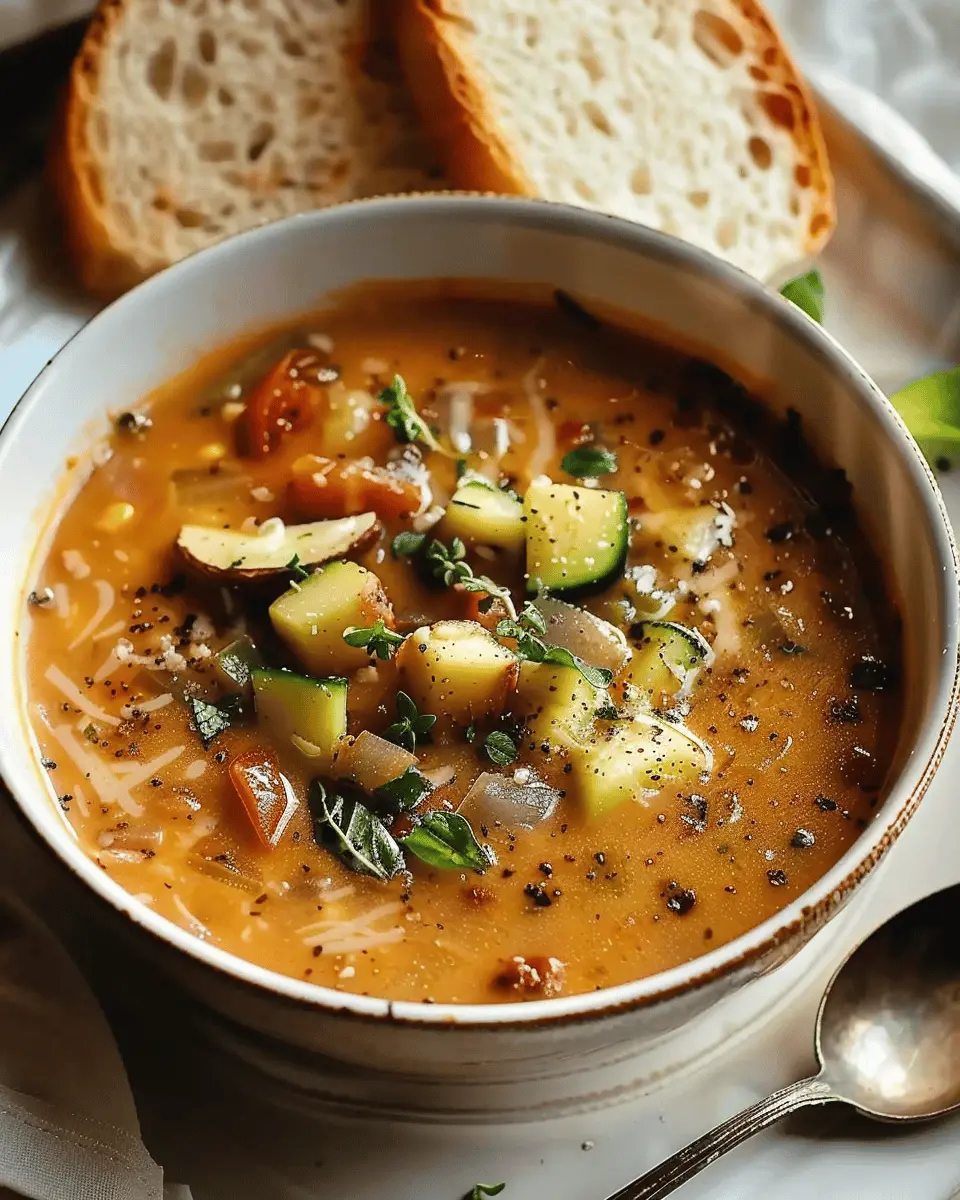Introduction to Butter Cake
Butter cake is more than just a delightful treat; it embodies the essence of coziness and nostalgia. When the aroma of a freshly baked butter cake fills your kitchen, it often brings back fond memories of family gatherings, birthdays, or simply lazy Sundays. Why is this ultimate comfort dessert so beloved? Let’s dive in.
Why Butter Cake is the Ultimate Comfort Dessert
Picture this: it’s been a long day at work, and you finally get home. You’re tired and maybe a little cranky, and then you remember you have a slice of butter cake waiting for you. Instantly, it seems like the world just got a bit brighter. The rich, buttery flavors melt in your mouth, enveloping you in a warm hug of sweetness.
Butter cake is incredibly versatile. You can enjoy it plain, dusted with powdered sugar, or dressed up with fresh fruits and whipped cream. With its dense yet light texture, it offers a satisfying bite that pairs well with a warm cup of coffee or tea. In fact, butter cake has been a popular choice for decades, loved across cultures and homes for its simple yet appealing qualities.
Did you know that a study by the American Psychological Association reveals that comfort foods can actually boost our mood? Comfort desserts like butter cake not only satisfy our sweet tooth, but they also provide emotional benefits by triggering cherished memories. If you want to learn more about the science of comfort foods, check out this article from Psychology Today.
Another great thing about butter cake is its straightforward recipe. With just a handful of ingredients—flour, sugar, eggs, and, of course, butter—you can whip up a batch that will impress anyone. It’s an inviting dessert that encourages experimentation too! You can easily infuse it with flavors like vanilla, lemon zest, or even chocolate to suit your taste.
So, whether you’re a novice baker or a seasoned pro, butter cake is a recipe that should find a place in your kitchen. Not only will it soothe your soul, but it also invites the joy of sharing sweet moments with loved ones. Let’s get baking!
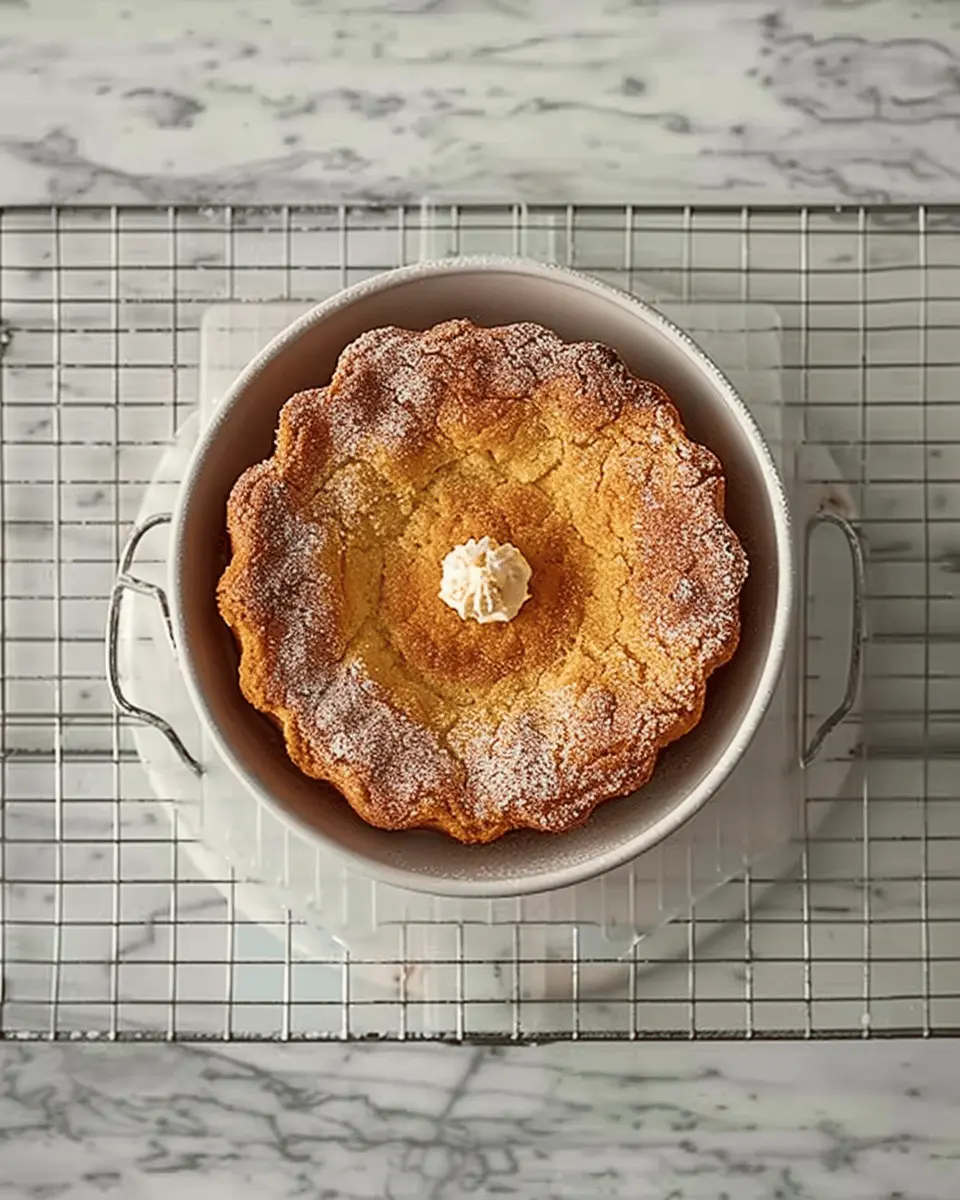
Ingredients for Butter Cake
Essential ingredients for a classic butter cake
Creating a delicious butter cake starts with some fundamental ingredients that blend together for that rich, buttery flavor we all crave. Here’s what you’ll need:
- Butter: Aim for high-quality unsalted butter. It’s the star of our show!
- Sugar: Granulated sugar will give you the sweetness that balances the cake’s richness.
- Eggs: Use large eggs, as they help with the structure and moisture.
- Flour: All-purpose flour works beautifully, providing the right texture.
- Baking powder: This will give your butter cake the lift it needs to rise perfectly.
- Salt: Just a pinch to enhance the flavors.
- Milk: Whole milk keeps your cake moist and adds to the richness.
Optional ingredients for customization
Don’t be afraid to get creative! Here are some optional ingredients that can elevate your butter cake:
- Vanilla extract: A splash deepens the flavor, making each bite even more divine.
- Zest: Lemon or orange zest adds a refreshing twist.
- Nuts: Chopped walnuts or pecans give a nice crunch.
- Fruit: Fresh berries or dried fruit can add exciting flavors and textures.
For more tips on modifying recipes, check out this helpful guide. Tailor your butter cake to fit your tastes, and enjoy the process!
Step-by-Step Preparation of Butter Cake
Creating a delectable butter cake is an art, but don’t worry—I’m here to guide you through every step! With just a few basic ingredients and a little patience, you’ll soon be rewarded with a moist, buttery dessert that’s perfect for any occasion. Are you ready? Let’s get started!
Gather Your Ingredients
Before you embark on this baking journey, it’s essential to gather all your ingredients. A well-prepared kitchen can make the process smoother and more enjoyable. Here’s what you will need:
- 1 cup (2 sticks) unsalted butter, softened at room temperature
- 2 cups granulated sugar
- 4 large eggs
- 2 teaspoons vanilla extract
- 3 cups all-purpose flour
- 1 tablespoon baking powder
- 1/2 teaspoon salt
- 1 cup milk
Pro tip: Using fresh ingredients can significantly enhance the flavor of your butter cake. For more insights on ingredient quality, you can check out this baking resources guide.
Preheat the Oven and Prepare the Baking Pan
Now that you have your ingredients ready, it’s time to prepare the oven and baking pan. Preheating your oven to 350°F (175°C) ensures your butter cake rises perfectly. While the oven heats up, grab a 9×13 inch baking pan and grease it with butter or spray it with cooking spray. You can also line the bottom with parchment paper for easier removal later.
Cream the Butter and Sugar
In a large mixing bowl, combine the softened butter and sugar. Use an electric mixer on medium speed to cream these two ingredients together. Creaming incorporates air into the mixture, which helps your cake rise and become fluffy. Continue mixing until the mixture is light and pale in color—this usually takes about 3 to 5 minutes. Don’t skimp on this step; it’s crucial for a successful butter cake!
Add Eggs and Vanilla
Next, it’s time to introduce the eggs and vanilla. Add each egg one at a time, ensuring that each is fully incorporated before adding the next. The eggs contribute moisture and structure to your cake, while the vanilla extract adds that delightful aroma and flavor. Mix until just combined—overmixing can lead to a dense cake.
Mix Dry Ingredients and Incorporate Into the Batter
In a separate bowl, whisk together the flour, baking powder, and salt. It’s essential to incorporate these dry ingredients well so that the baking powder is evenly distributed. Gradually add this mixture to your batter, alternating with the milk. Start and end with the flour mixture. This method prevents overmixing and helps create a tender crumb. Mix until just combined, and don’t worry if you see a few flour streaks—it’s better to leave them than to overdo it!
Pour Batter Into the Prepared Pan
Now that your batter is ready, it’s time to pour it into your prepared baking pan. Use a spatula to scrape down the sides of your mixing bowl, ensuring you get every last bit. Spread the batter evenly in the pan, smoothing the top with the spatula or the back of a spoon. It’s a satisfying step that shows how close you are to enjoying your butter cake!
Bake and Check for Doneness
Place the pan in the preheated oven and bake for 30 to 35 minutes. The aroma will start wafting through your kitchen, and trust me, it’s hard to resist! To check for doneness, insert a toothpick into the center of the cake. If it comes out clean or with just a few crumbs, your cake is ready. If not, give it a few more minutes and check again.
Once done, allow your butter cake to cool in the pan for about 10 minutes before transferring it to a wire rack to cool completely. The moment of temptation is approaching!
Baking a butter cake is not just a task; it’s a delightful experience. I hope this step-by-step guide inspires you to unleash your culinary creativity! Feel free to share your baking results, or any tips you may have, in the comments below!
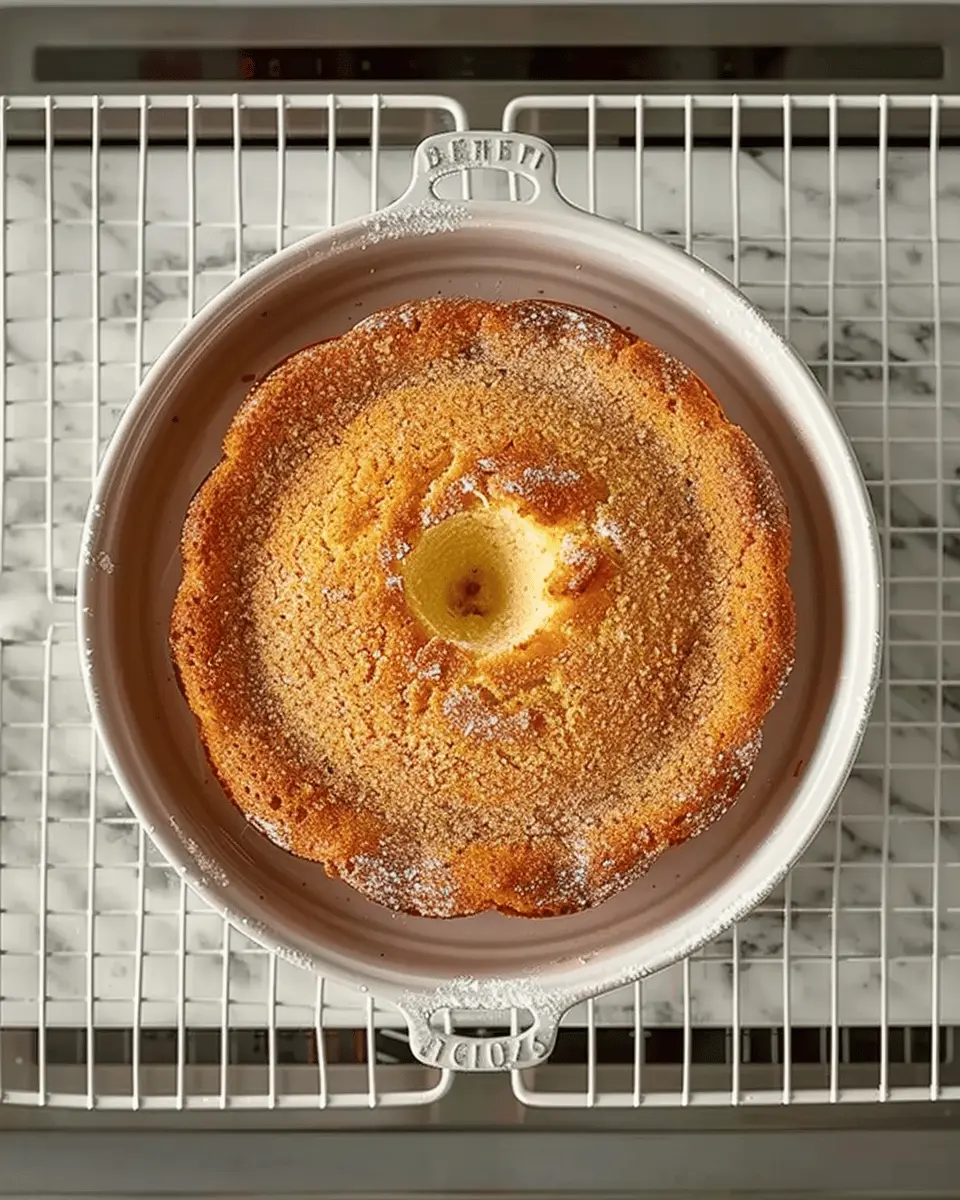
Variations on Butter Cake
When it comes to butter cake, the rich and buttery flavor creates a wonderful base that can be tailored to suit a variety of tastes. Let’s explore a couple of delicious variations that can bring some excitement to this beloved classic.
Lemon Butter Cake for a Zesty Twist
If you’re craving something with a refreshing zing, look no further than a lemon butter cake. The vibrant citrus flavor not only elevates the cake but also balances the richness of the butter. Here’s how to make it shine:
- Add zest and juice: Mix in the zest of one large lemon and a couple of tablespoons of fresh lemon juice into your batter.
- Lemon glaze: After baking, drizzle a simple lemon glaze made from powdered sugar and lemon juice for an extra burst of flavor.
This version is perfect for spring gatherings or as a light dessert that will surely impress your friends. For more citrus-inspired cakes, check out King Arthur Baking’s Citrus Cake.
Chocolate Butter Cake for Chocolate Lovers
For those who can’t resist the allure of chocolate, a chocolate butter cake is a great way to satisfy those cravings. This variation maintains the moist texture of the original while delivering rich cocoa goodness:
- Use cocoa powder: Replace a portion of the flour with cocoa powder—about 1/3 cup works well.
- Chocolate chips: Fold in some semi-sweet chocolate chips for that extra gooey texture and a delightful surprise in every bite.
Whether it’s for a birthday celebration or a cozy night in, this chocolate variant is guaranteed to delight. For tips on baking perfectly moist chocolate cakes, the Food Network has some fantastic resources.
So, which version will you try first? With these variations, butter cake can easily be tailored to any occasion or craving!
Cooking Tips and Notes for Butter Cake
Common pitfalls to avoid
When making a butter cake, several common mistakes can derail your efforts. One major pitfall is overmixing the batter. This can incorporate too much air, leading to a dense texture instead of that light, fluffy cake we all love. To avoid this, mix just until the ingredients are combined, and don’t worry about tiny lumps.
Another issue is neglecting to properly measure your ingredients. Using a kitchen scale for precise measurements can make a world of difference—especially for flour, which can get packed into cups, resulting in a dry cake. Also, remember to use room temperature ingredients; this helps in achieving even blending.
How to achieve the perfect texture
To create that quintessential butter cake texture, start with softened butter. It should be creamy and spreadable, not liquid. Cream it with sugar until it lightens in color and becomes fluffy. This step adds air and structure, which are vital for a tender cake.
Additionally, try adding a bit of sour cream or yogurt to your batter. These ingredients can enhance moisture and richness, making your cake exceptionally delicious. For those looking to dive deeper into cake science, I recommend checking out America’s Test Kitchen for expert tips.
By following these simple yet effective tips, you’re sure to bake a butter cake that impresses family and friends alike. So, roll up your sleeves, and let’s get baking!
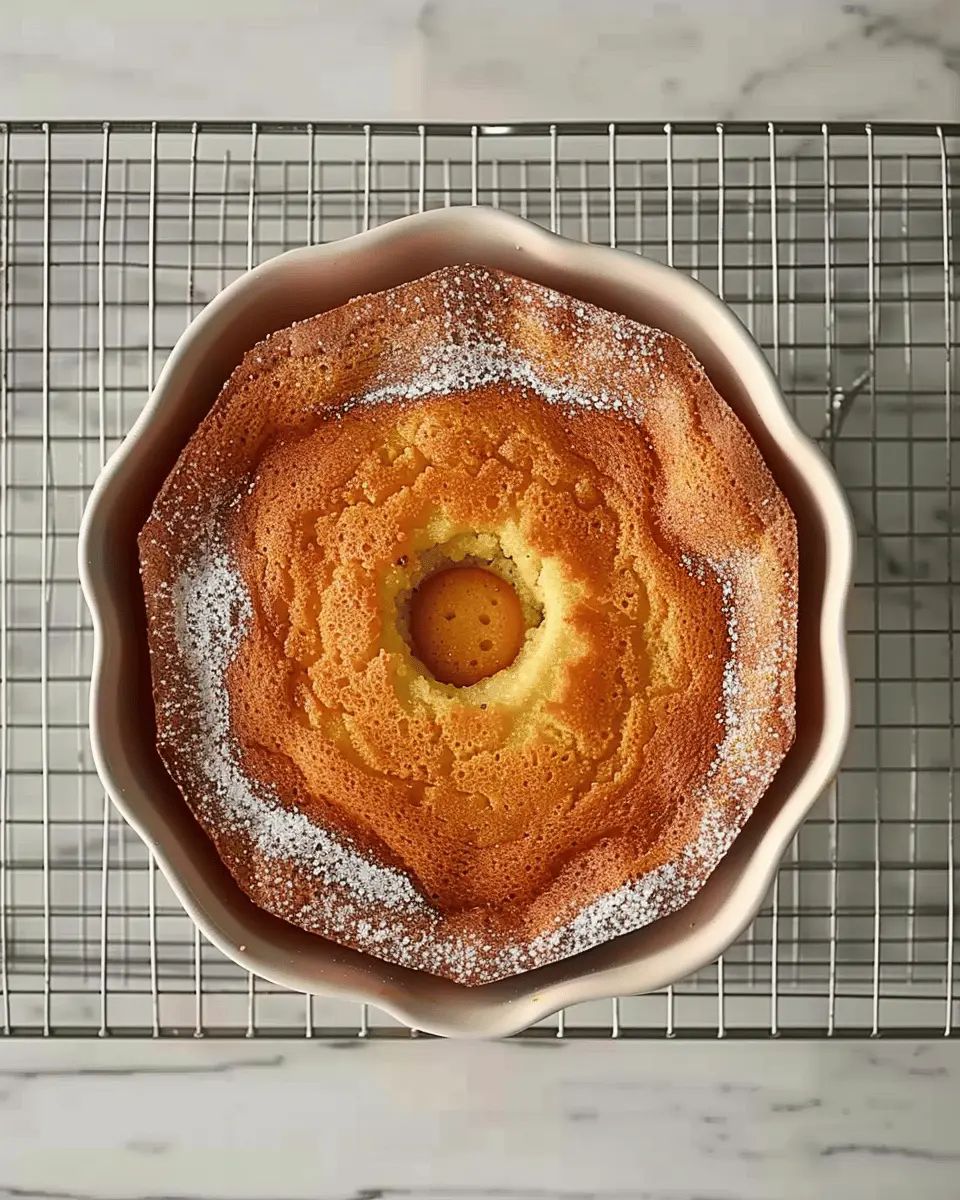
Serving Suggestions for Butter Cake
Pairing with Fresh Fruits and Whipped Cream
Nothing elevates a classic butter cake quite like the freshness of seasonal fruits. Imagine slices of succulent strawberries, blueberries, or peaches brightening each serving. A dollop of light, airy whipped cream complements the rich flavors of the cake, creating a delightful balance. You might even consider a light drizzle of honey or a sprinkle of powdered sugar for that extra touch of sweetness. For an interesting twist, try pairing your butter cake with tangy citrus fruits like grapefruit or orange segments to introduce a zesty contrast.
For additional inspiration, check out this guide on fruit pairings from The Spruce Eats.
Creative Plating Ideas for Special Occasions
When it comes to serving your butter cake, presentation matters! Consider these tips to wow your guests:
- Layered Cake Stacks: Serve mini layers of butter cake, stacked with fresh cream and fruit in between.
- Decorative Plating: Use a ring mold to shape the cake with sauces or purees around it for an artistic flair.
- Individual Servings: Bake in muffin tins for cute, portable portions that are perfect for parties.
By adding these fun and thoughtful touches, your butter cake will not only taste amazing but also look like a centerpiece worthy of any gathering!
Time Breakdown for Butter Cake
When you decide to whip up a delicious butter cake, understanding the time commitment can make your baking experience smoother and more enjoyable. Here’s how it breaks down:
Preparation Time
Setting aside about 20 minutes for prep work will do the trick. This includes gathering your ingredients, preheating the oven, and mixing everything together until it’s smooth and fluffy. Don’t rush this part; a little love goes a long way!
Baking Time
The baking process typically takes 30-35 minutes. Keep an eye on your cake as it bakes—the aroma alone will have you grinning. A toothpick test will tell you when it’s perfectly done.
Total Time
Altogether, you’re looking at around 1 hour from start to finish. Who doesn’t love a delightful treat that’s ready in under an hour? Once it’s cool, you can dive in or even top it with some fresh fruit or frosting.
For tips on mastering cake baking techniques, consider checking out The Spruce Eats for helpful insights.
Nutritional Facts for Butter Cake
When indulging in a slice of butter cake, it’s essential to be aware of its nutritional profile. Let’s break it down:
Calories
A typical serving of butter cake contains around 350 calories. While it’s a delightful treat, balancing it with lighter meals throughout the day is key.
Sugar Content
This cake has approximately 25 grams of sugar per slice. For those monitoring their sugar intake, it can be helpful to enjoy it occasionally rather than daily. You can check out more about sugar consumption guidelines at the American Heart Association.
Fats
Butter cake typically has around 15 grams of fat, predominantly from butter. That’s why it’s so rich and decadent! However, incorporating healthier fats into your diet can be beneficial. For some alternatives, consider sources like avocado or nuts, as suggested by nutrition experts.
Understanding these nutritional facts can help you enjoy your butter cake guilt-free! What’s your favorite pairing with this classic treat?
FAQs about Butter Cake
Can I Use Margarine Instead of Butter?
Absolutely, you can substitute margarine for butter in your butter cake recipe! While butter gives a rich flavor and tender crumb, margarine can still lead to a delicious cake—just ensure it’s unsalted for a closer flavor match. Many bakers have successfully used margarine and loved the results, but keep in mind that the texture might differ slightly. If you’re looking for a dairy-free option, margarine is a great alternative!
How Do I Store Leftover Butter Cake?
Storing leftover butter cake is simple to keep it fresh and moist. First, let the cake cool completely. Then, wrap it tightly in plastic wrap or foil and store it at room temperature for up to 3 days. If you want it to last longer, consider freezing it. Just slice the cake, wrap individual pieces in plastic, and place them in a freezer-safe bag—it can last up to three months! Thaw overnight in the fridge for the best texture. For more tips on cake storage, check out the expert advice from King Arthur Baking.
What Can I Do If My Butter Cake Sinks?
If you’ve ever experienced the frustration of a butter cake sinking in the middle, don’t worry—you’re not alone! This can happen for a few reasons:
- Underbaking: Ensure your cake is fully cooked by checking with a toothpick; it should come out clean.
- Overmixing: Mixing too much can incorporate too much air, causing the cake to rise fast and then collapse.
- Sudden Temperature Change: Avoid opening the oven door too soon; this can disrupt the baking process.
If this happens, slice the cake and serve it delicately as a “deconstructed” delight, or whip up a frosting to cover any imperfections. Embrace the imperfections; baking is all about learning and having fun! For more about common baking mistakes, consider visiting Food52.
Conclusion on Butter Cake
Why You Should Try Making Butter Cake at Home
There’s something truly rewarding about baking a butter cake from scratch. The rich, buttery flavor and tender crumb evoke nostalgia and comfort with every bite. Why not indulge in the joy of baking at home?
- Customization: You can easily personalize your butter cake with flavors like vanilla, citrus, or even chocolate.
- Quality Ingredients: Baking at home allows you to choose high-quality, fresh ingredients that can elevate the final result.
Imagine serving a luscious slice at your next gathering, impressing friends with your homemade delight. Plus, it’s a fantastic way to unwind and engage your creative side. So, gather your ingredients and give this classic dessert a try! For more tips on baking, check out this baking guide.
PrintButter Cake Bliss: Easy Recipe for a Moist, Indulgent Treat
Indulge in the rich, buttery flavor of this easy butter cake recipe. Moist, soft, and perfect for any occasion!
- Prep Time: 15 minutes
- Cook Time: 45 minutes
- Total Time: 1 hour
- Yield: 12 servings 1x
- Category: Dessert
- Method: Baking
- Cuisine: American
- Diet: Vegetarian
Ingredients
- 1 cup unsalted butter, softened
- 2 cups granulated sugar
- 4 large eggs
- 3 cups all-purpose flour
- 1 cup milk
- 2 teaspoons vanilla extract
- 1 tablespoon baking powder
- 1/2 teaspoon salt
Instructions
- Preheat the oven to 350°F (175°C).
- Grease and flour a 9×13 inch pan.
- In a large bowl, cream the butter and sugar together until light and fluffy.
- Add eggs one at a time, beating well after each addition.
- In another bowl, whisk together flour, baking powder, and salt.
- Gradually add the dry ingredients to the creamed mixture, alternating with milk and vanilla, mixing until just combined.
- Pour the batter into the prepared pan and smooth the top.
- Bake for 40-45 minutes or until a toothpick inserted into the center comes out clean.
- Allow cooling before serving.
Notes
- For extra flavor, add lemon zest to the batter.
- This cake can be frosted or served plain.
Nutrition
- Serving Size: 1 slice
- Calories: 400
- Sugar: 30g
- Sodium: 200mg
- Fat: 22g
- Saturated Fat: 14g
- Unsaturated Fat: 6g
- Trans Fat: 0g
- Carbohydrates: 50g
- Fiber: 1g
- Protein: 5g
- Cholesterol: 100mg
Keywords: butter cake, easy cake recipe, moist cake

